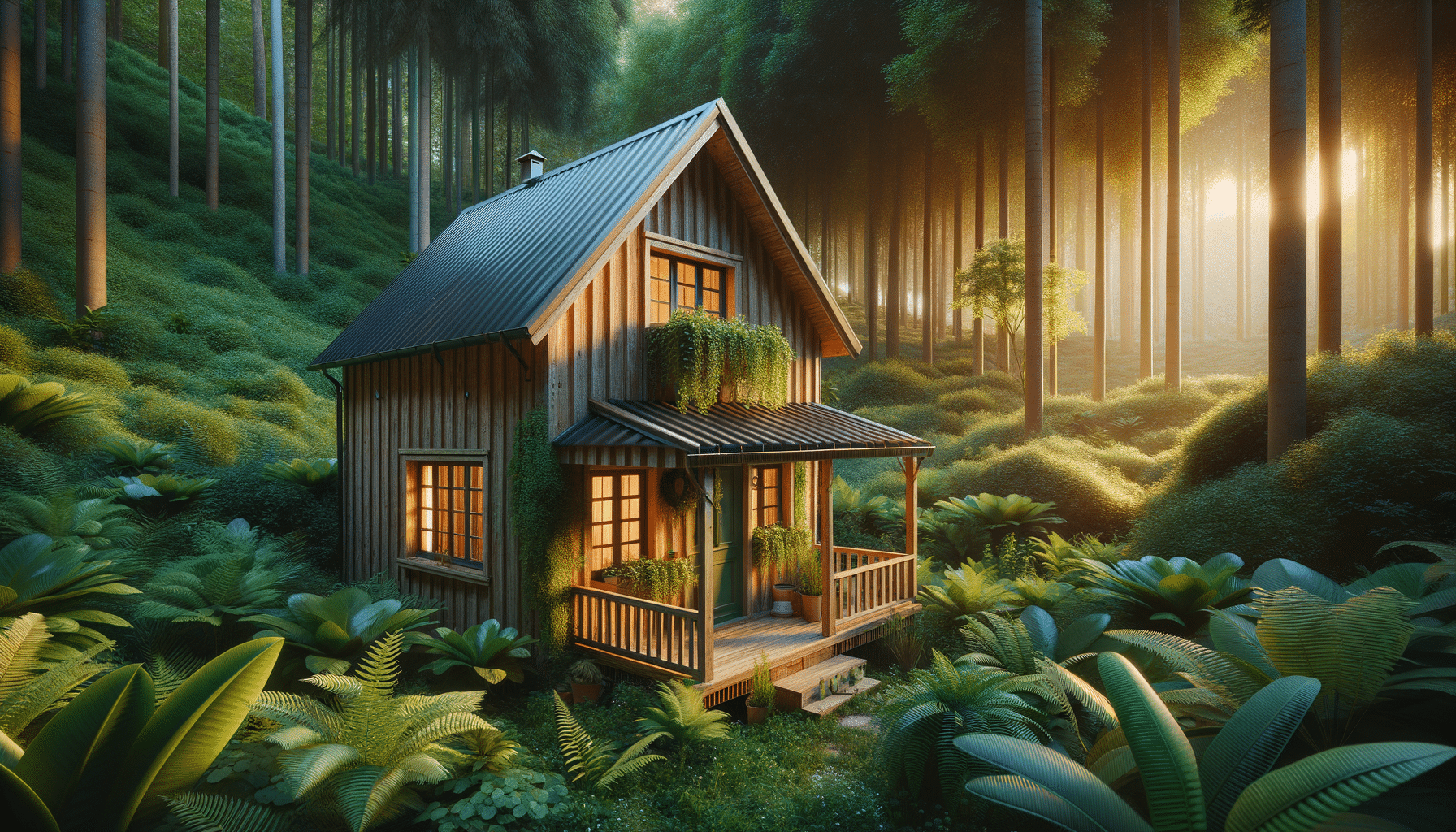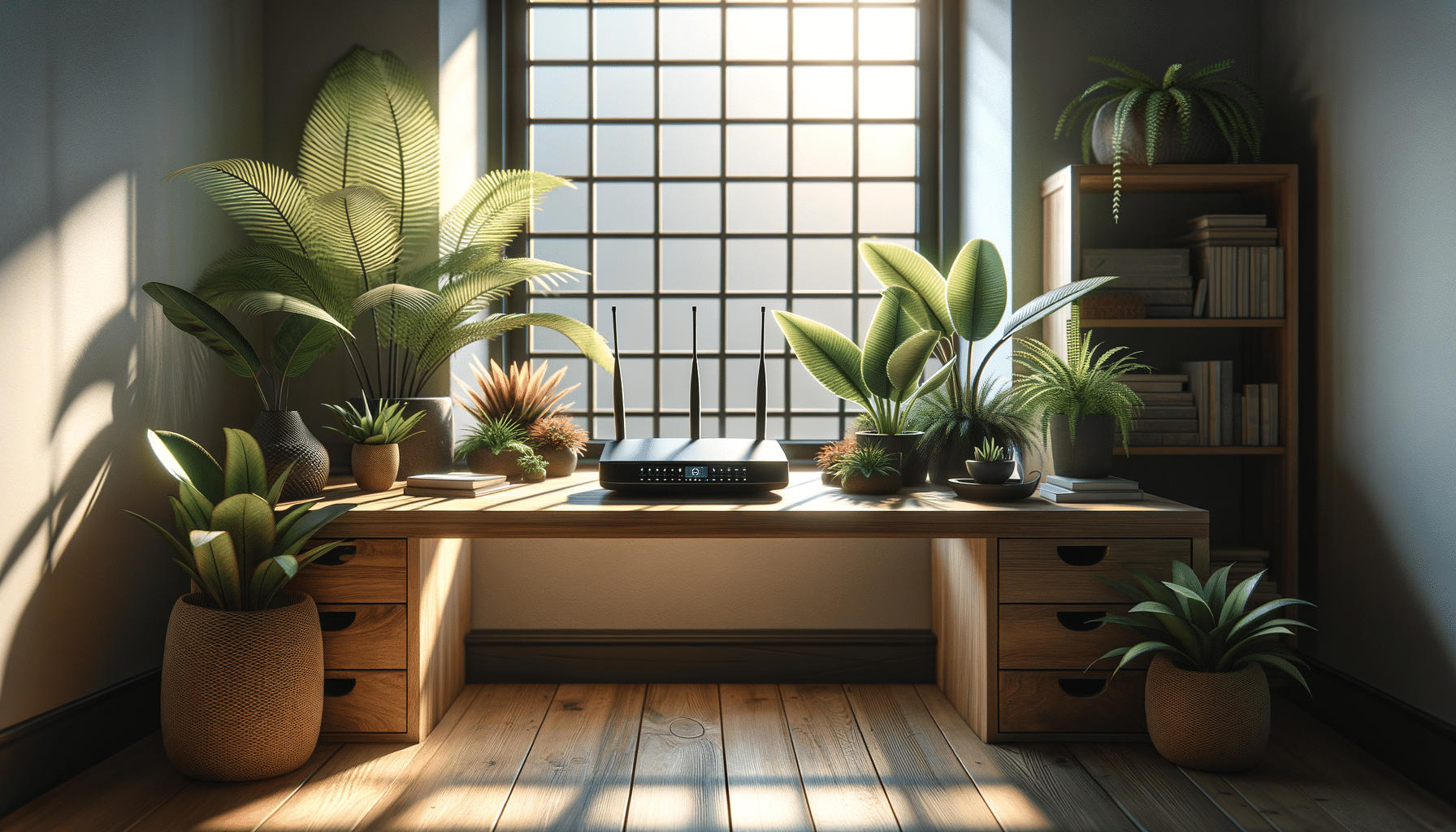
Exploring the Allure of Tiny Houses: A Comprehensive Guide
Introduction to the Tiny House Movement
The tiny house movement has gained substantial traction in recent years, appealing to those seeking a simpler, more sustainable lifestyle. This trend emphasizes downsizing living spaces to reduce environmental impact and increase financial freedom. With the average home size in many countries growing over the decades, tiny houses present a compelling alternative that prioritizes efficiency and minimalism. These compact dwellings typically range from 100 to 400 square feet, challenging conventional notions of what a home should be.
Tiny houses are not just about reducing square footage; they represent a shift in values. The movement encourages individuals to focus on what truly matters, be it spending more time with family, traveling, or pursuing passions. This lifestyle change often results in a decrease in consumerism, as the limited space discourages the accumulation of unnecessary possessions.
One of the most appealing aspects of tiny houses is their potential for sustainability. Many are built with eco-friendly materials and designed to be energy-efficient, often incorporating solar panels and rainwater collection systems. This not only reduces the carbon footprint but also lowers utility costs significantly. As housing prices continue to soar, tiny houses offer a financially accessible option for many, making homeownership a reality for those who might otherwise be priced out of the market.
Design and Construction of Tiny Houses
The design and construction of tiny houses demand creativity and innovation. With limited space available, every square inch must be utilized effectively. This often requires custom-built furniture and multi-purpose spaces. For instance, a staircase might double as storage, and a dining area could convert into a sleeping space. The key is to create an environment that feels spacious and functional despite its small size.
There are various approaches to constructing a tiny house. Some opt for prefabricated models, which can be delivered and set up quickly. Others prefer to build from scratch, allowing for complete customization. The choice often depends on budget, time constraints, and personal preference. Regardless of the method, the use of high-quality, sustainable materials is common, ensuring durability and environmental responsibility.
Tiny houses can be constructed on wheels or permanent foundations. Mobile tiny houses offer the flexibility to relocate easily, appealing to those with a nomadic lifestyle. Conversely, stationary tiny houses provide stability and can be integrated more seamlessly into traditional neighborhoods. Both options have their pros and cons, and the decision largely depends on the homeowner’s lifestyle and goals.
The Benefits of Living in a Tiny House
Living in a tiny house comes with numerous benefits that extend beyond financial savings. One of the most significant advantages is the reduction in maintenance. With less space to clean and fewer items to manage, homeowners often find themselves with more free time to enjoy life. This simplicity can lead to less stress and a more relaxed lifestyle, contributing to overall well-being.
Financially, tiny houses are a game-changer. The initial cost is typically much lower than that of a traditional home, and the ongoing expenses are minimal. This allows homeowners to pay off their homes faster, reducing debt and increasing financial security. Additionally, the smaller space means lower utility bills, further enhancing savings.
The environmental impact of tiny houses is another compelling reason to consider this lifestyle. By using fewer resources and producing less waste, tiny house living aligns with sustainable practices and contributes to a healthier planet. Many tiny house owners also report a stronger connection to nature, as the compact living space encourages outdoor activities and a greater appreciation for the surrounding environment.
Challenges and Considerations
While tiny houses offer many advantages, they are not without challenges. One of the primary considerations is zoning and building codes. In some areas, restrictions on minimum dwelling size or the use of mobile homes can complicate the process of legally establishing a tiny house. Prospective tiny house owners must research local regulations thoroughly to avoid potential legal issues.
Space constraints are another challenge, particularly for those used to larger living areas. Downsizing requires a significant lifestyle shift, and not everyone is prepared for the sacrifices it entails. It may be difficult to entertain guests, store seasonal items, or accommodate growing families. Careful planning and creative solutions can mitigate some of these issues, but it’s important to recognize the limitations.
Finally, the transition to tiny house living can be emotionally challenging. Letting go of belongings and adjusting to a new way of life requires a mindset shift that may take time to embrace fully. However, many who make the change find it ultimately rewarding, reporting increased happiness and fulfillment.
Conclusion: Is a Tiny House Right for You?
Deciding whether a tiny house is the right fit involves careful consideration of personal values, lifestyle, and long-term goals. For those seeking financial freedom, environmental sustainability, and a simpler way of life, tiny houses offer a compelling option. They provide an opportunity to live deliberately, focusing on experiences and relationships over material possessions.
However, potential tiny house owners must be prepared for the challenges that come with this lifestyle. Thorough research, planning, and a willingness to adapt are essential to making the transition successful. Ultimately, the tiny house movement is about more than just downsizing; it’s about redefining what it means to live well. By embracing simplicity and intentionality, tiny house living can lead to a richer, more fulfilling life.


